|
Rio San Martin
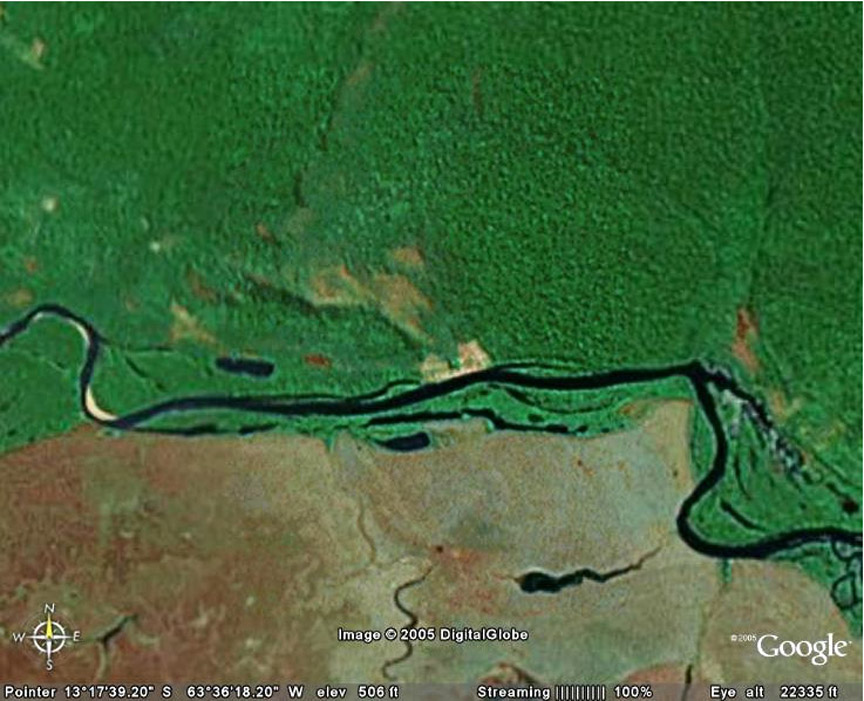
As Google sees it from 23,000 feet. This is where we spent a week. If you travel north from Trinidad, you will find yourself in open savannah with intermittent patches or islands of forests. As you head north to the Brasil border, these patches of forests grow in size, until you reach Rio San Martin, at which point, it becomes uninterruped dry rainforest. No, that's not an oxymoron - rainforests in eastern Bolivia have a dry season from May thru September. True rainforests in central Amazonia and its creatures do not have to endure such a prolonged dry spell.
The little patch of cleared area is where we stayed - El Prado or 'The Meadow' as it was called, a 3000-acre private ranch with its own hill, lake and 2 miles of riverfront property. Little did I know at the time that Jeff, Bob and I would eventually become co-owners of this gorgeous corner of the world, well, at least as much as one can 'own' nature.
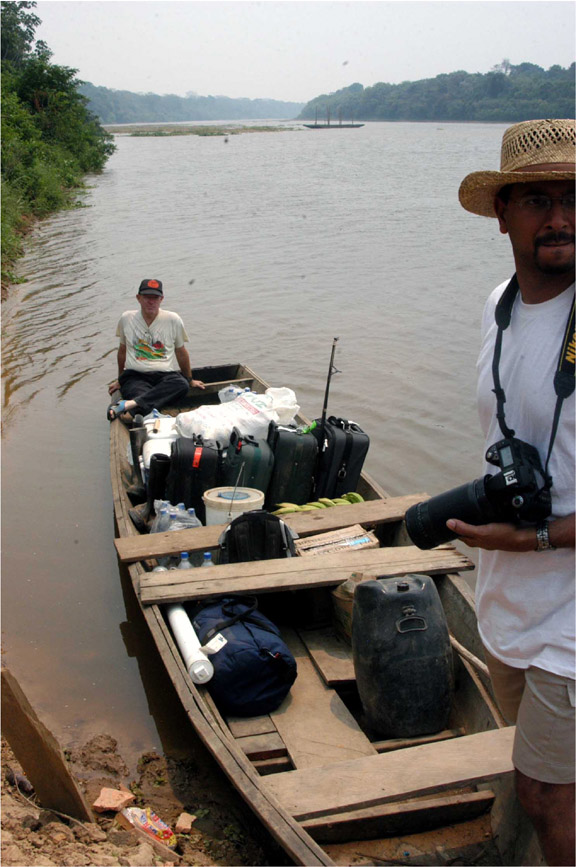
From the pueblo of Magdalena, we went by truck for an hour to an even smaller town, Bella Vista. Bella Vista is on Rio San Martin and is the end of the 'road'. We moved our gear into a motorized canoe and headed up Rio San Martin for a little more than 2 hours to arrive at El Prado.
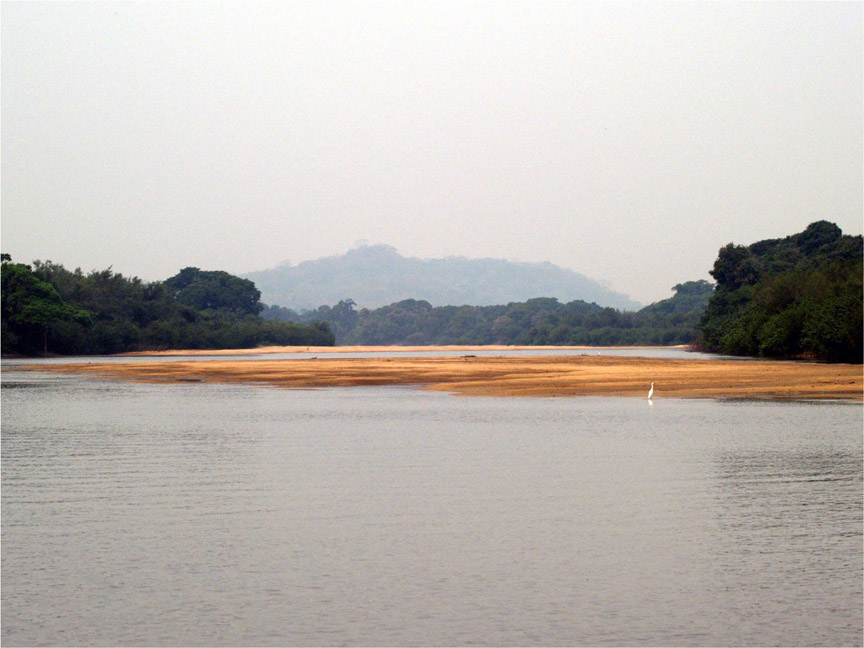
Beautiful Rio San Martin and the Cerro on El Prado. The water level was extremely low and our canoe kept getting stuck in the sand bars. It was easy enough to jump out of the canoe and push - the cool water and sand felt good to my bare feet. It's a good thing I didnt know how many giant freshwater stingrays lay buried in the sand near me. A few days later, Jeff landed a few really large stingrays that must have weighed at least 50 lbs. At the end of the week, when we were returning from El Prado back to Bella Vista, and the canoe became stuck in the sand, I was a lot more nervous about jumping out and pushing the canoe.
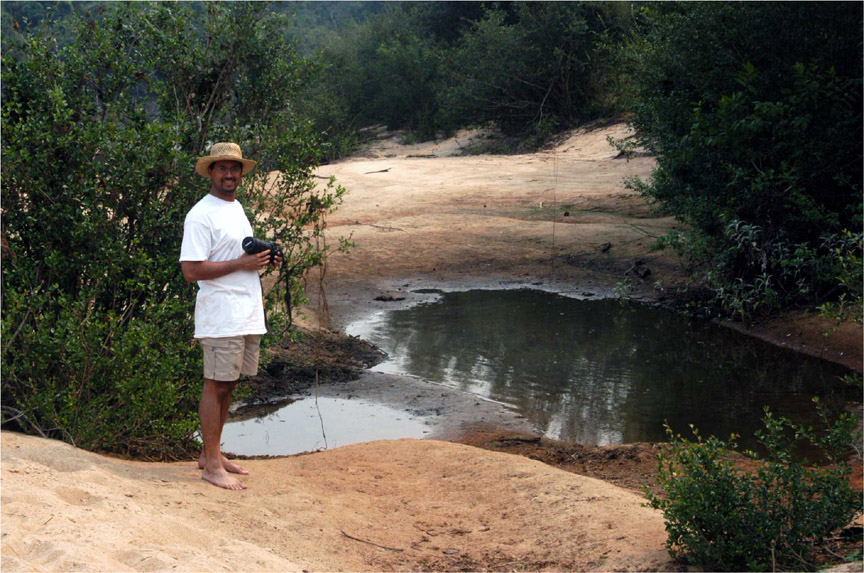
From previous experience, I know when I spot one of these dry season cut-off ponds that was part of the river just a few weeks ago, that we just got lucky. If the pond is too shallow, birds will have wiped the pond clean. This was just perfect! It was only our second day in Bolivia and I knew that just about every fish I was going to take home was right in front of me.
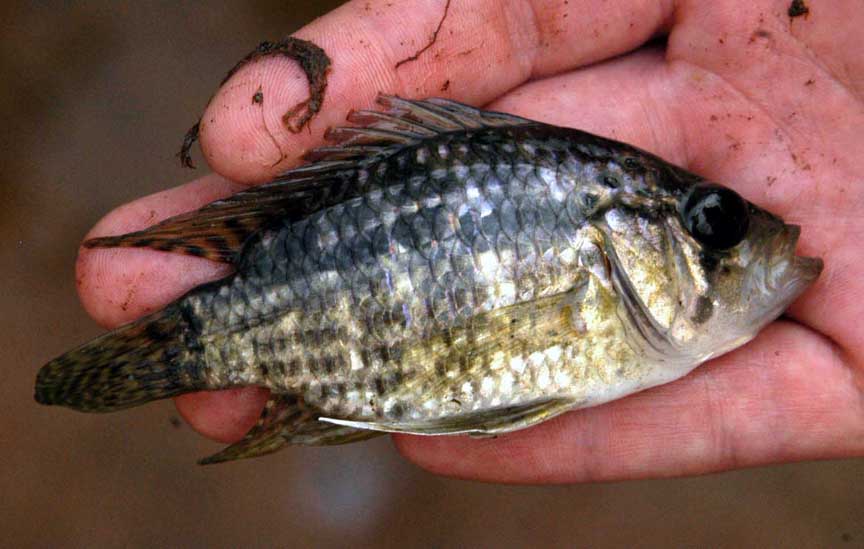
Acaronia nassa. Of course. They are just about everywhere. Their cryptic coloration (what coloration, you say), large bugged out eyes and relatively inoffensive aquarium manners usually convinces me to take a few home from every trip.
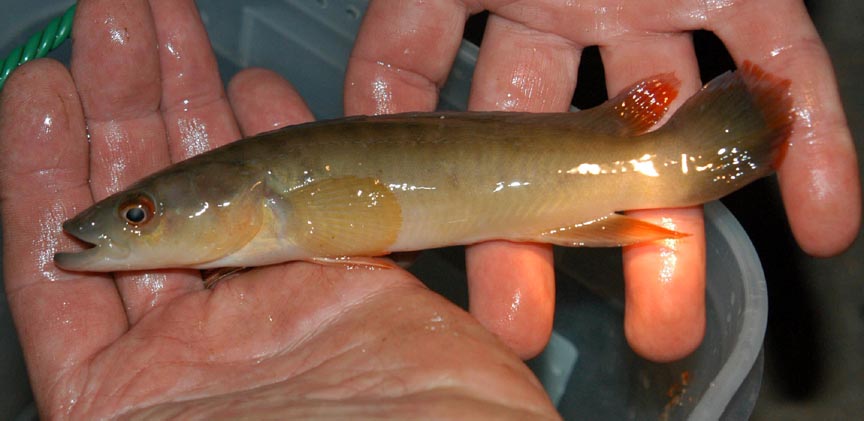
Jeff caught this Crenicichla adspersa at night. There are two giant pikes of the lugubris group found in this part of Bolivia. C. johanna and C. adspersa. Bolivian C. johanna are not particularly attractive and are exceedingly aggressive. This species, C. adspersa, was new to me and for the most part, new to the hobby. Since its description by Heckel, no one has gone after it or photographed it. This specimen came home with me in a breather bag in my back pack.
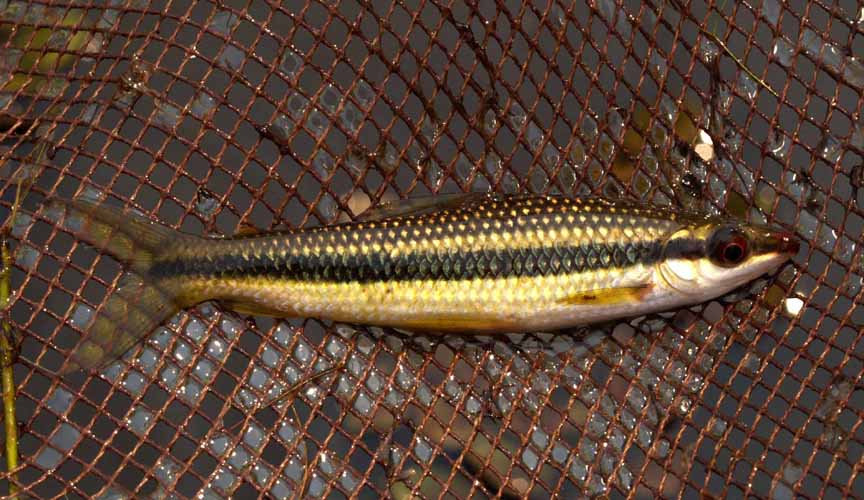
One of many Anostomus type characins.
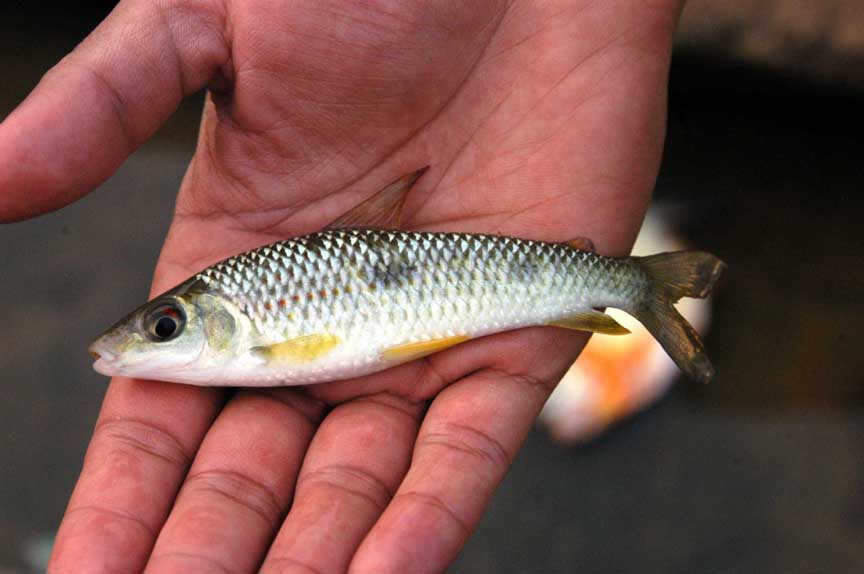
Another large characin.
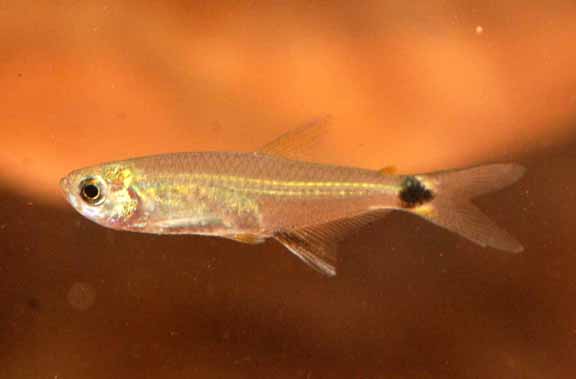
Aphyocharax species.
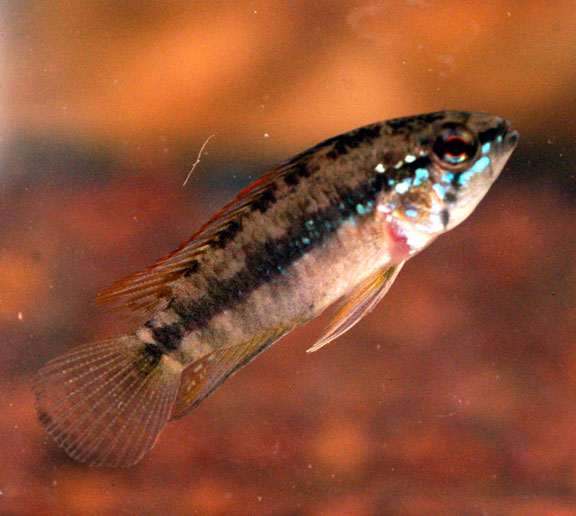
Apistogramma cf. similis is very common in the leaf litter.
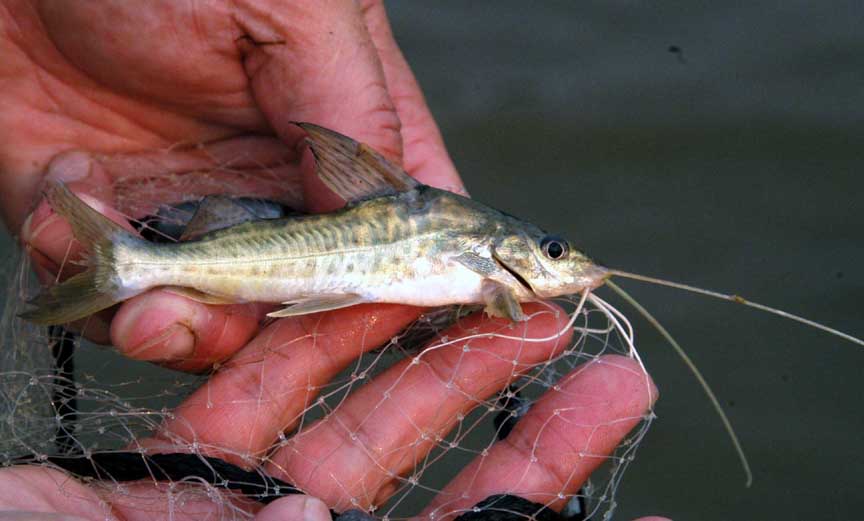
Pimelodella species.
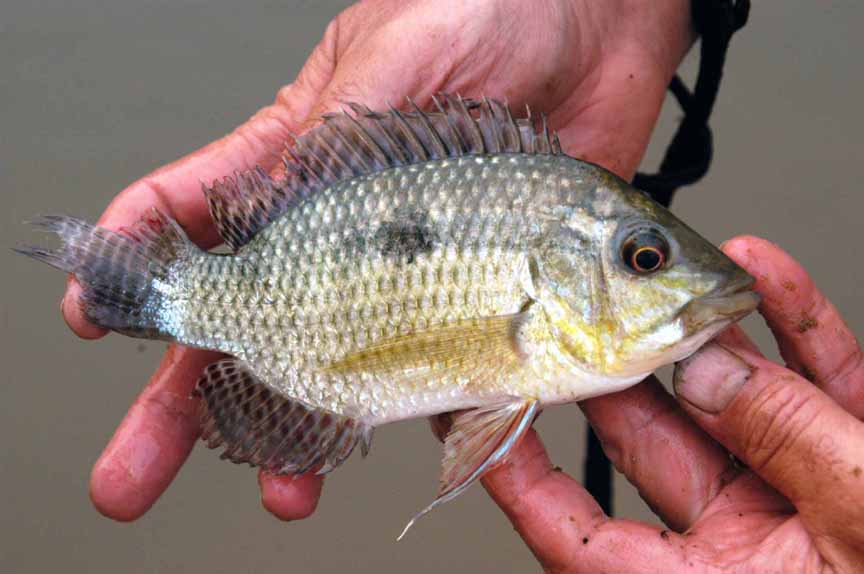
Chaetobranchus flavescens, is a large plankton feeder that always reminds me of Tilapiines. They always appear chewed up by Piranha bites. This species is too large to transport and too difficult to feed, so I never bring any home...and young ones are very hard to find.
All photos by J. Cardwell, S. Jack and V. Kutty
|

